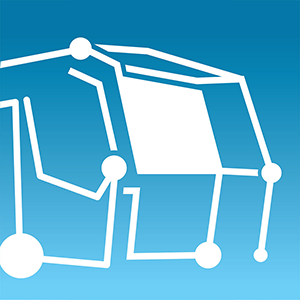
As early as during planning, decisions on the work technology to be used are taken.
The further development of work sequences allows enormous quality increases. At the same time, it enables the total costs to be reduced by up to 40%. Moreover, rising requirements regarding operational safety and protection of staff can be met.
High operational reliability, a long service life and, as a result, low life cycle costs (LCC) are desirable. A consistently high quality is crucial to achieve these parameters. This high quality results from both accuracy of installation and the right installation technology involving the right equipment and machines. But there is more: Extreme deformations of the contact wire during installation must be avoided as they lead to residual tensions affecting the service life and alignment of the contact wire. The same applies to fluctuations in the tensile force during assembly. Therefore, the contact wire must be guided exactly during installation.
Thoroughly assessing the total costs, particularly with regard to operational reliability and life cycle costs of the catenary installation machines (FUM) and catenary work machines (MTW), helps to choose the right technology.
Examples: